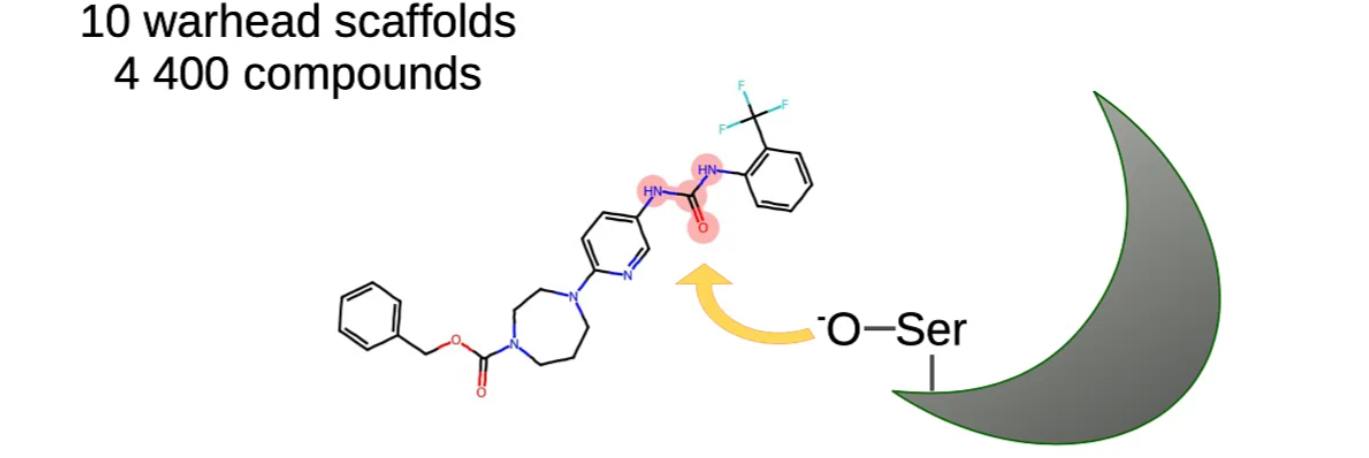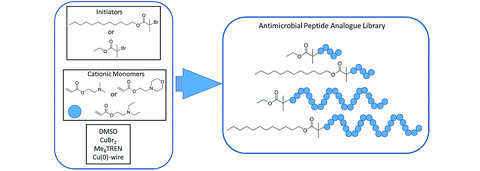The field of drug discovery has witnessed a paradigm shift with the emergence of covalent inhibitors. Among these, covalent serine binders have garnered significant attention due to their ability to form irreversible bonds with target proteins, offering unique advantages in potency and selectivity. This article delves into the fascinating world of covalent serine binders library, exploring their potential in revolutionizing drug discovery and delivering breakthrough therapies for various diseases.
Understanding Covalent Serine Binders:
Covalent serine binders are a class of molecules designed to interact specifically with serine residues found in target proteins. Serine residues play fundamental roles in protein function and are crucial for numerous biological processes and signaling pathways. By forming covalent bonds with these serine residues, covalent serine binders disrupt the target protein’s activity, achieving potent and irreversible inhibition.
Design and Synthesis Strategies:
Developing a covalent serine binders library involves a meticulous process of rational design and chemical synthesis. Scientists employ structure-activity relationship (SAR) studies to explore chemical space and optimize the binding affinity and selectivity of these inhibitors. Rational design strategies focusing on specific serine residues are employed to tailor the compounds for targeted pathways, enabling precise modulation of protein function.
Screening and Profiling:
The screening and profiling of covalent serine binders involve innovative methodologies, such as high-throughput screening (HTS), to identify druggable serine residue targets. Through rigorous screening, scientists assess and validate the compounds’ selectivity, binding kinetics, and toxicity profiles. This information plays a crucial role in understanding the potential therapeutic application and safety of these compounds.
Applications in Drug Discovery and Therapeutics:
The unique properties of covalent serine binders render them highly promising for various therapeutic applications. They offer new avenues for targeting serine-based enzymes involved in diseases such as cancer, where pathways are dysregulated. Covalent serine binders also hold potential for addressing protein-protein interactions that play critical roles in diseases like neurodegenerative disorders.
Unveiling Mechanisms of Action:
In-depth research on covalent serine binders elucidates their mechanisms of action. Studying their covalent binding kinetics and residence time provides insights into the stability and durability of the inhibition. Structural studies further unravel the interactions between covalent serine binders and target proteins, aiding in the development of optimized inhibitors and expanding the understanding of protein function modulation.
Challenges and Future Directions:
While covalent serine binders offer immense opportunities in drug discovery, several challenges need to be addressed. Balancing potency with off-target effects, predicting toxicity, and expanding screening platforms for covalent serine binders are areas of ongoing research. Additionally, exploring subtypes of serine residues as targets and considering clinical translation and regulatory aspects are crucial steps moving forward.
Conclusion:
Covalent serine binders library represents a groundbreaking approach in drug discovery, enabling the development of irreversible inhibitors with enhanced potency and selectivity. Through the rational design, synthesis, and screening of these compounds, researchers are charting new paths in targeting diseases previously deemed undruggable. As advancements continue, covalent serine binders have the potential to unlock novel therapeutic opportunities, revolutionize precision medicine, and improve patient outcomes in a range of diseases.
Keywords: Covalent serine binders, irreversible inhibitors, target engagement, drug discovery, rational design, screening, therapeutic applications, protein function modulation, precision medicine.




